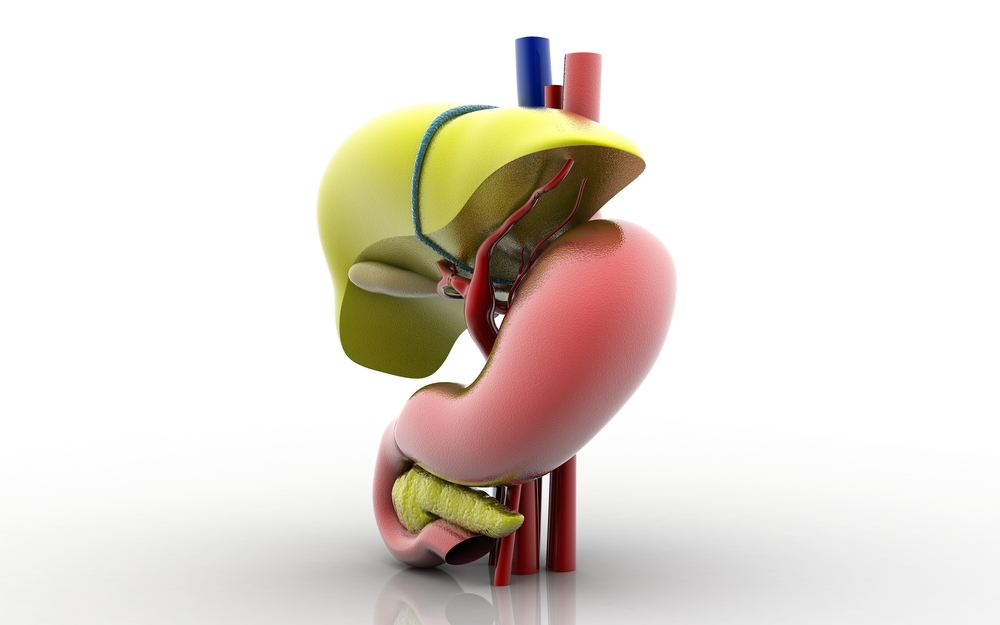Tube Feeding in LEMS: Will I Ever Need It?

While tube feeding in Lambert-Eaton myasthenic syndrome (LEMS) may not be very common, there have been reports of patients needing it. Here is some information about LEMS and tube feeding.
What is LEMS?
LEMS is a rare autoimmune disorder that affects the nerve cells controlling muscle movement. The primary symptoms include muscle weakness, fatigue, eye problems, and pain.
About 50–60% of LEMS cases are associated with small-cell lung cancer.
Examples of LEMS patients needing tube feeding
In addition to other symptoms, the disease can cause problems with chewing, swallowing, and digestion, sometimes leading to potentially dangerous weight loss. In some patients, this can necessitate the need for tube feeding.
A Japanese study described the case of a 21-year-old woman with LEMS. In the early stages of the disease, she had muscle weakness in her limbs. Later, she also developed bulbar palsy, a motor neuron condition that causes difficulty swallowing, a weak jaw and facial muscles, progressive loss of speech, and weakening of the tongue. These symptoms, plus severe emaciation, resulted in a need for tube feeding and respiratory support.
Another case of tube feeding was described in a 52-year-old U.S. resident with LEMS. Within days after her diagnosis, she said she was unable to move, swallow, or speak without slurring. She reported that, prior to her diagnosis, she had trouble chewing and swallowing, which resulted in weight loss. While in the hospital, she received fluids via a nasal gastric tube. The former marathon runner regained her fitness with the help of a neurologist and, after two months, no longer needed a feeding tube.
Types of feeding tubes
There are two primary choices for tube feeding: nasogastric (NG) and gastrostomy (G-tubes). NG feeding tubes run through the nose and down into the stomach. A G-tube, the most common type of feeding tube, involves surgery to place an opening directly into the stomach through the abdomen. Each option comes with its own benefits and potential problems.
NG tubes are easier to place and remove but can cause irritation and blockage in the airways. G-tubes are more stable. Still, they come with the risks associated with surgery and the potential risk of infection.
There are also other types of tube systems. As with NG-tubes, nasoduodenal (ND) tubes enter through the nose but extend into the beginning of the small intestine — the duodenum. Doctors use such tubes in those who need tube feeding for a relatively short time but are unable to tolerate feedings into the stomach.
Nasojejunal (NJ) tubes are nearly identical to ND-tubes but extend somewhat more into the small intestine. The tube ends up in the jejunum, which is the part of the small intestine between the duodenum and ileum. Doctors can place and remove the tube without surgery in a hospital or clinic.
Gastrojejunal (GJ) tubes are similar to G-tubes in that they enter the stomach directly through the skin using the same site as for a G-tube. Most systems have two feeding ports — one into the stomach, and a second tube that extends into the small intestine. The longer internal tube permits feeding directly into the intestine. In most cases, doctors can convert a G-tube to a GJ-tube if patients cannot tolerate gastric feeding.
Finally, doctors directly place a jejunal tube (J-tube) into the small intestine. These tubes are not very common and require surgical placement. Feedings must be given slowly, over 18–24 hours.
Last updated: Dec. 14, 2020
***
Lambert-Eaton News is strictly a news and information website about the disease. It does not provide medical advice, diagnosis, or treatment. This content is not intended to be a substitute for professional medical advice, diagnosis, or treatment. Always seek the advice of your physician or other qualified health provider with any questions you may have regarding a medical condition. Never disregard professional medical advice or delay in seeking it because of something you have read on this website.





